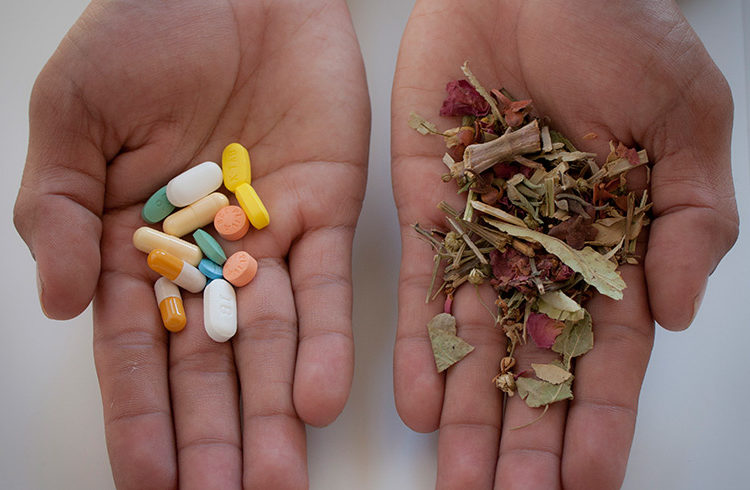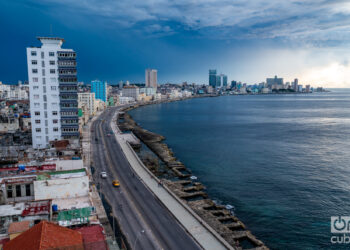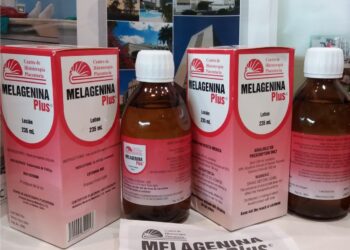For many Steve Jobs is just a name or a good American film. For some, he was a genius of the technology company, creator of devices like Ipad and Iphone. For a few, a patient with a rare pancreatic tumor that luckily in his case could be removed. For almost anyone, he was a man of science who lost his life paradoxically by preferring naturopathic treatments without scientific basis. Steve Jobs was a victim of the so-called pseudo-science, and that is not highlighted in the news.
Perhaps this is the most publicized case, but every year in the world lives are lost to the seductive set of theories, covered in a mystical tradition or technological advanced, which are offered as an alternative to traditional medical practice. Such is the case of Canadian boy Tyrell Deck, who died of a treatable bone cancer by the reluctance of parents to chemotherapy in pursuit of “natural products” or the young Italian who was killed by a simple bronchopneumonia treated with homeopathic remedies.
Pseudoscience are the knowledge, beliefs or practices that are not governed by experimentation, and instead present concepts supposedly scientific, says the Doctor in Physical Sciences Arnaldo González Arias in his article The science upside down.
This reality may seem remote from the Cuban health system, supported by decades of evidence and a dedication to universal access to higher medical care. However, for the last few days it is traveling on the blogosphere and the site of the magazine Youth Technical a statement of the Scientific Council of the Marta Abreu University in central Las Villas province on the so-called pseudoscience; undoubtedly the tip of the iceberg of a controversy that takes place in the scientific community of the island.
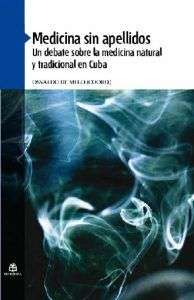
In fact, in less visible areas-keeping with the metaphor of the iceberg, a debate published by the website of the journal Technical Youth about the importance of evidence and experimentation in some practices of Natural and Traditional Medicine in Cuba, has started.
The exchange is located entirely in the Cuban Journal of Public Health and later became the book Medicine without surnames by UH publishing house. Also in 2012 we learned of a Declaration of the Cuban Society of Mathematics and Computer Science, Physics and Chemistry of the need to promote the scientific method, which the Cuban Society of Oncology, Radiotherapy and Nuclear Medicine joined.
The question is: are there pseudosciences in Cuba?
In 2009 the Ministry of Public Health (MINSAP) issued Resolution No. 261 which included some practices as legitimate within their specialty number 52, known as “Natural and Traditional Medicine”. These included herbal or plant science, apitherapy, traditional Asian medicine, ozone therapy, medical hydrology, traditional therapeutic exercises, nutritional counseling naturalist, homeopathy and flower essence therapy as alternatives for prevention, treatment, cure and rehabilitation of diseases.
However, the Scientific Council of the Central University says in his first point that “the university management is aware that there is a relatively large set of practices that have not been obtained by scientific methods (…) identified by the name pseudoscience (false science). Concrete examples: homeopathy, energy pyramid, floral therapy, dowsing (using pendulums), biorhythms, ufology (regarding UFOs), cryptozoology … “ It is striking that in this group it includes two treatments authorized by the Ministry of Public Health in 2009.
In this line coincides Specialist in Internal Medicine, Professor, Consultant and Master of Science in Medical Education, José A. Fernández Sacasas, who says that “to preserve the credit and prestige attained, natural and traditional medicine in Cuba should take distances from practices like homeopathy and flower essence therapy. ”
Homeopathy is based on the extreme dilution of a substance into a harmless liquid-water or alcohol and water. The rationale is precisely that “like cures like ‘, this dilution enhances the effect explains Doctor in Physics and coordinator of the book Medicine without surnames, Osvalo de Melo. “You know from the beginning of the twentieth century that the substance is composed of atoms and atoms in any substance are many, but not infinite, as evidenced by the number of Avogadro *. If you start to dilute several times an active ingredient in water you end up running out of any atom in the starting material. So we see that the bases are unusual, are completely out of science and common sense, “he says.
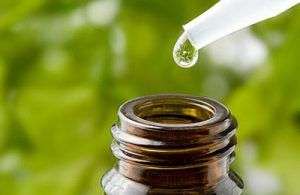
Meanwhile, Second Degree Specialist and Master of Natural and Traditional Medicine, Dr. Magaly Carrero, argues that progress has been made in the study of the mechanisms of action of homeopathy and it is proposed that is at a molecular physical level. “We, homeopathic physicians have biochemical and biophysical specialists working on research medical sciences that help us to understand these mechanisms in the human body, since we are convinced of the results.”
But “if homeopathy worked no controlled trials would exist, nor comprehensive systematic reviews, editorials in prestigious journals such as The Lancet and statements like the one by Spanish Ministry of Health to reaffirm their ineffectiveness” refutes the Doctor of Health Sciences, Luis Carlos Silva from the National Health Information Center.
Already since 2009, the World Health Organization stated that homeopathy was not effective for the prevention or cure for AIDS, tuberculosis, flu, malaria or diarrhea, according to an article in the newspaper El Pais, on August 29of that same year.
In the case of flower essence therapy, this has its origins in the early twentieth century and is due to physician Edward Bach. During a visit to the London countryside, the doctor discovered alleged similarities between flowers and some personological human traits. He described 38 original remedies, to which he added one of “rescue”, a five-preparation mixture for deep crisis. These solutions with floral base “are simple, effective and free of side effects,” says the First Degree Specialist in general medicine, Felipe Abreu; while clarifying that “XXI century science has not yet explained how it works.”
The Doctor in Physics Arnaldo González Arias said in a literature review found that multiple clinical trials dismiss the validity of floral therapy and that in the national articles that support it, are diagnosed methodological flaws since they don’t mention the placebo effect (a psychological effect of improvement that the patient may experience) or blind experiment.
These positions are part of a critical movement that supports the idea that medical science is not a matter of opinion, but of demonstrations, with the experimental method as a center for the confirmation or refutation of the hypothesis. This does not mean you should not keep trying in the way of validation of both practices. Much less it involves, in any of its approaches, a denial of the potential of natural and traditional medicine (MNT) in Cuba.
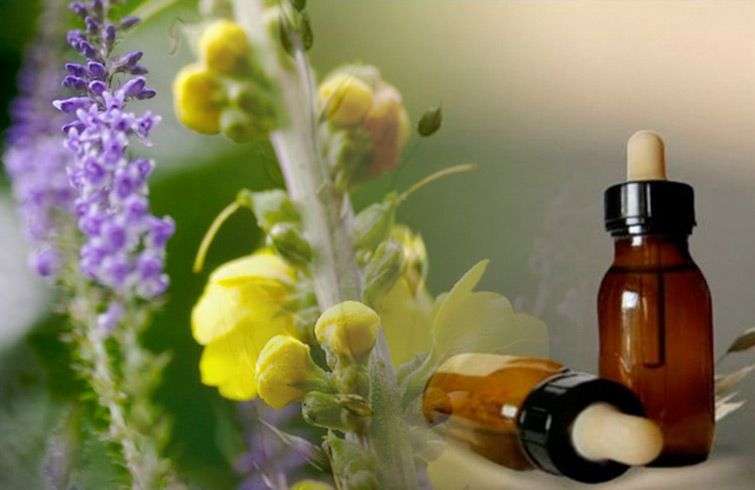
One of the greatest achievements of the Revolution was the establishment of a system of free and universal health care, under the philosophy of the union of practice, teaching and research. In this context the introduction of natural and traditional medicine becomes a policy guideline that is reflected in guideline number 158 of the Economic and Social Policy of the Communist Party of Cuba, governing document of existing transformations in the country.
“It was very successful to call to health professionals to introduce MNT. I think of the possibility of mastering the scientific basis for the application of medicinal plants and their assets for the relief of ailments (phytotherapy) and even early study natural products in countries where we provide medical collaboration to assess its possible use in the island, “emphasizes Doctor of Technical Sciences and Member of the Academy of Sciences of Cuba, Juan V. Lorenzo Ginori.
Dr. Jorge A. Biological Sciences Bergado, professor and researcher at the Center for Neurological Restoration, summarizes the collective position by stating that “the criticisms are not aimed at all the elements that today are grouped under the name of Natural and Traditional Medicine, research of natural products is welcome when it is done well, the same could be said of acupuncture.”
“It is not to be against the strange things, but against things that have not been thoroughly tested by the scientific method,” says Melo.
Maximum attention to the development of natural and traditional medicine is a premise of the Cuban strategy in health policy; In the opinion of several experts we must ensure that under its umbrella some practices lacking sufficient experimental and theoretical support take shelter.
As the teacher Sacasas Fernández put it: “Natural Medicine, yes; supernatural medicine, no”.

